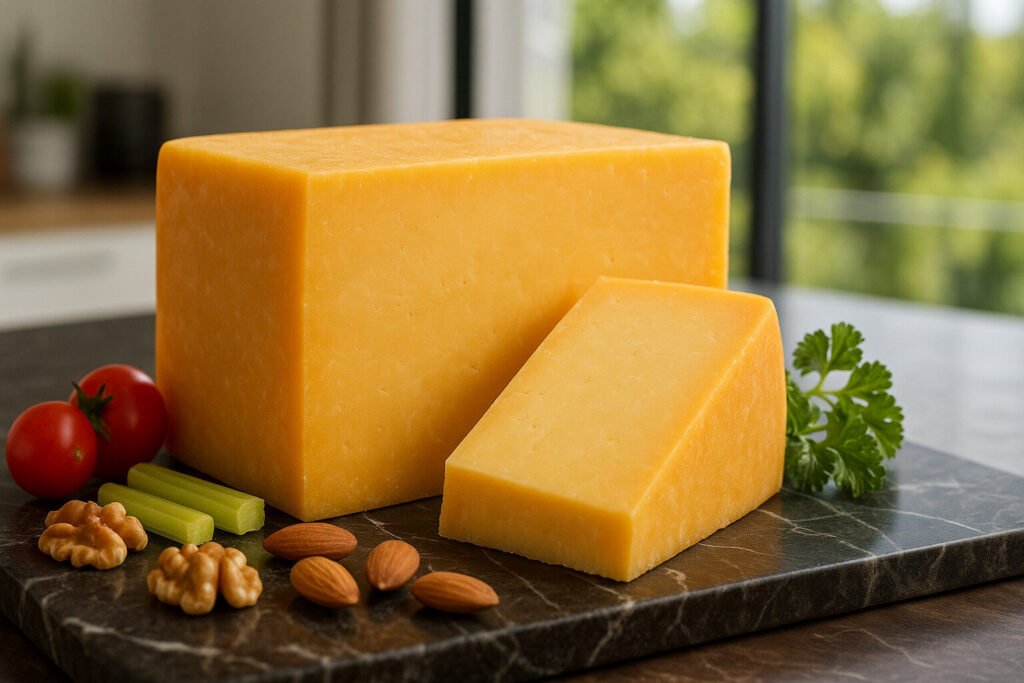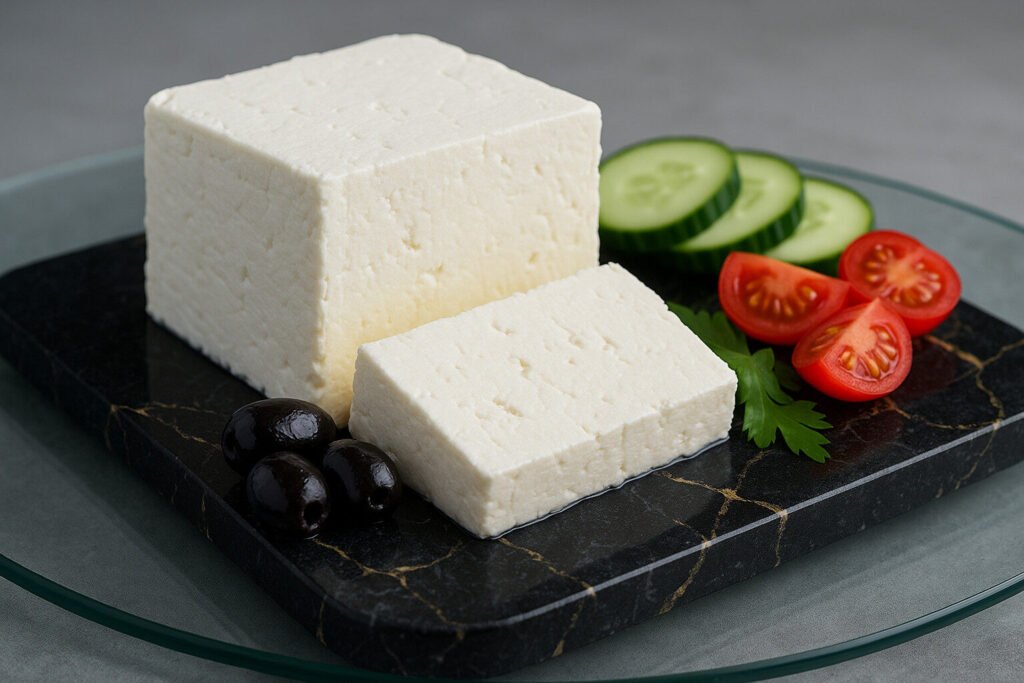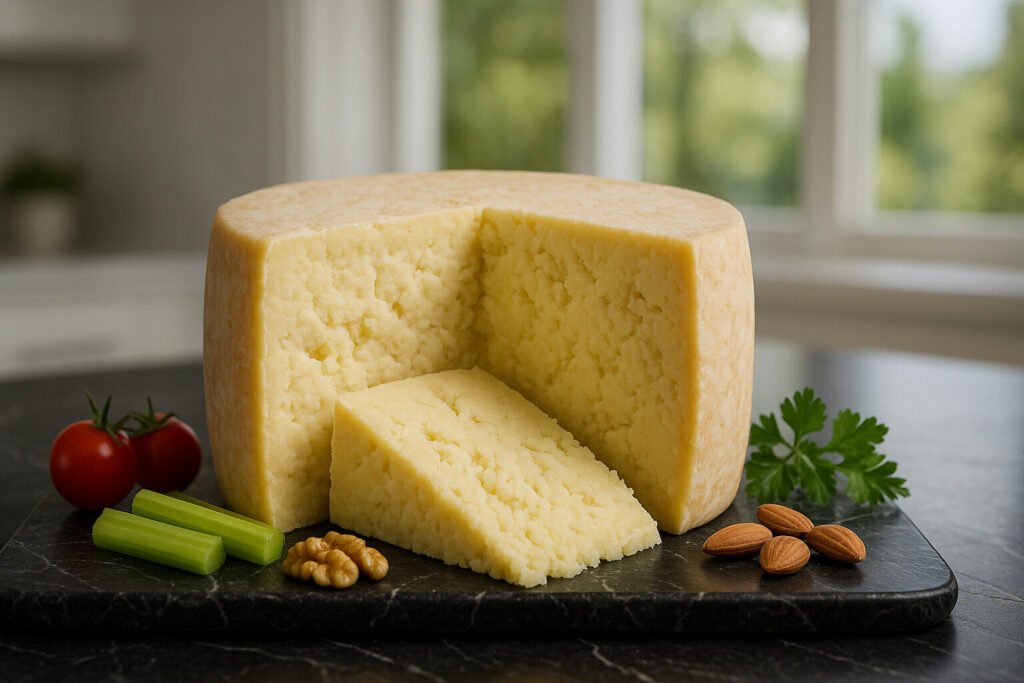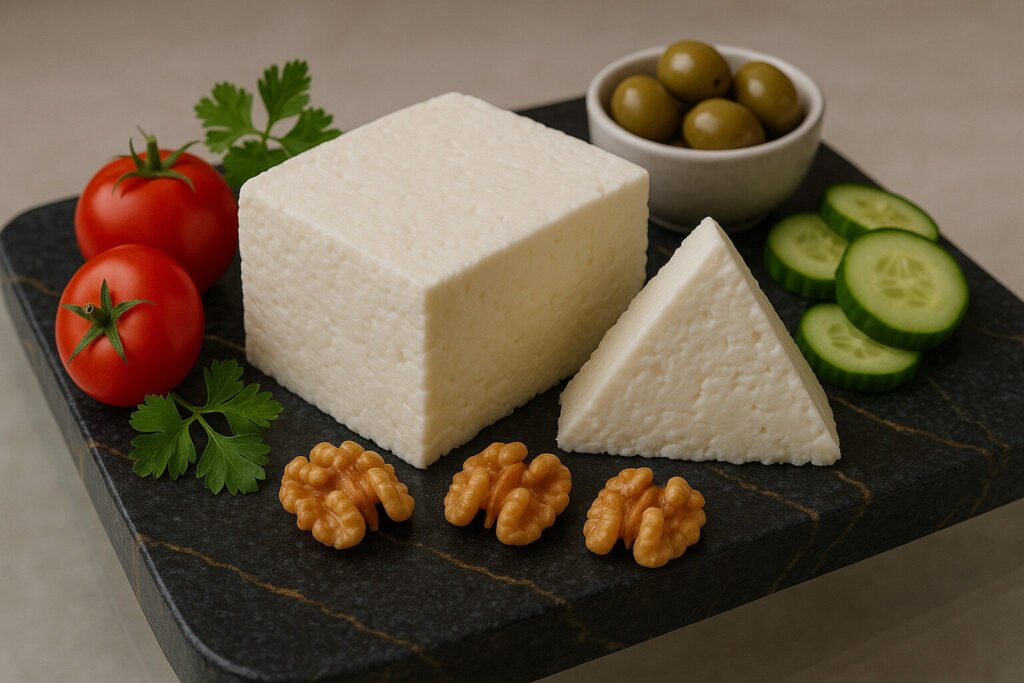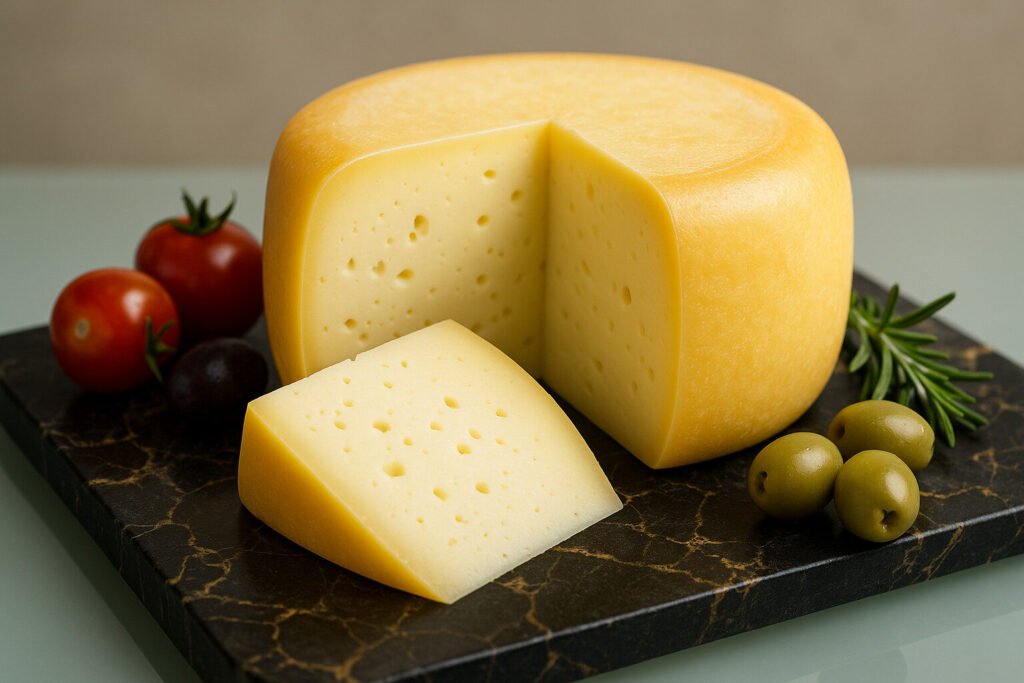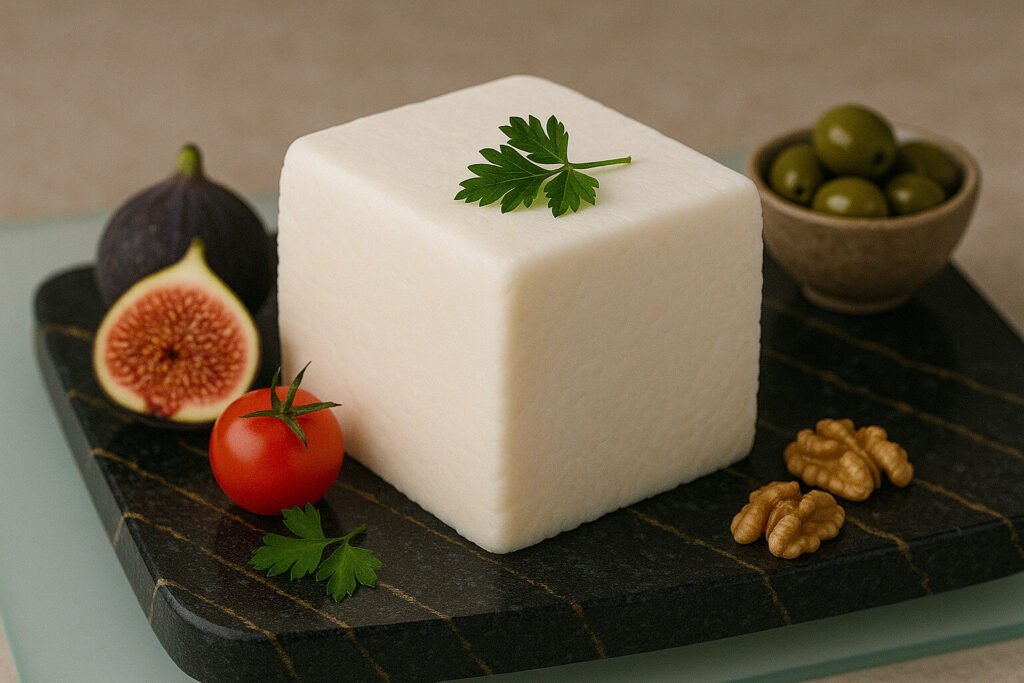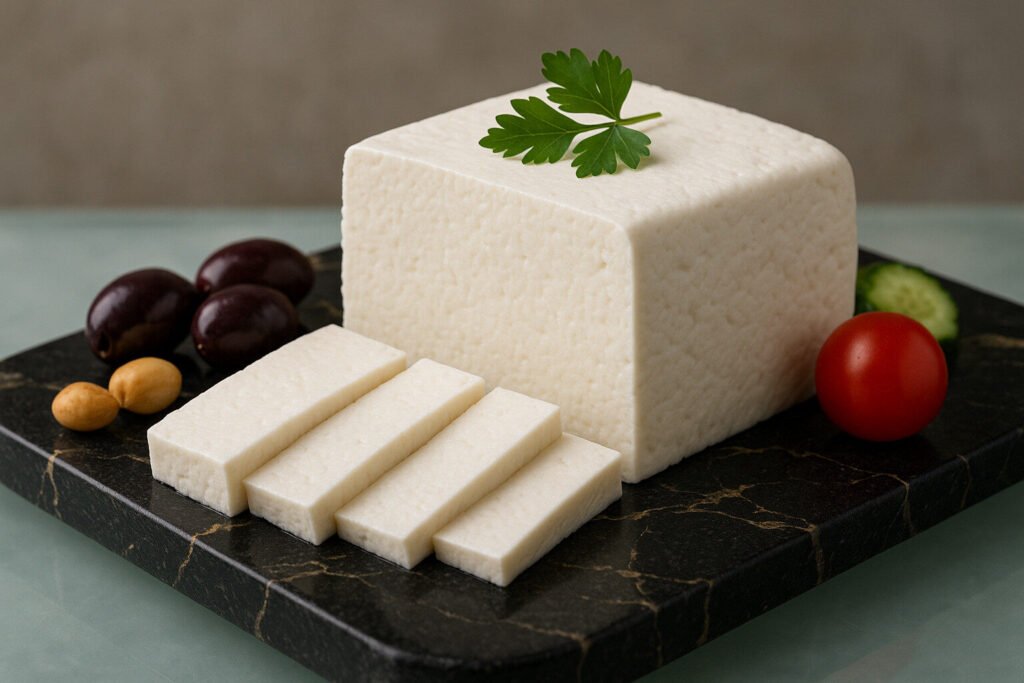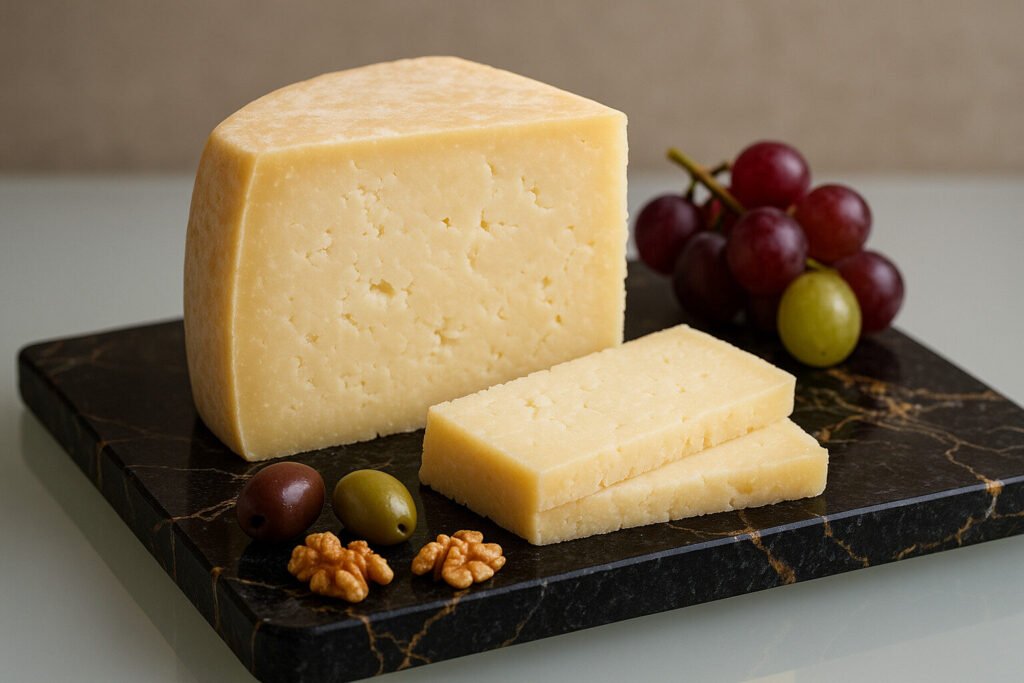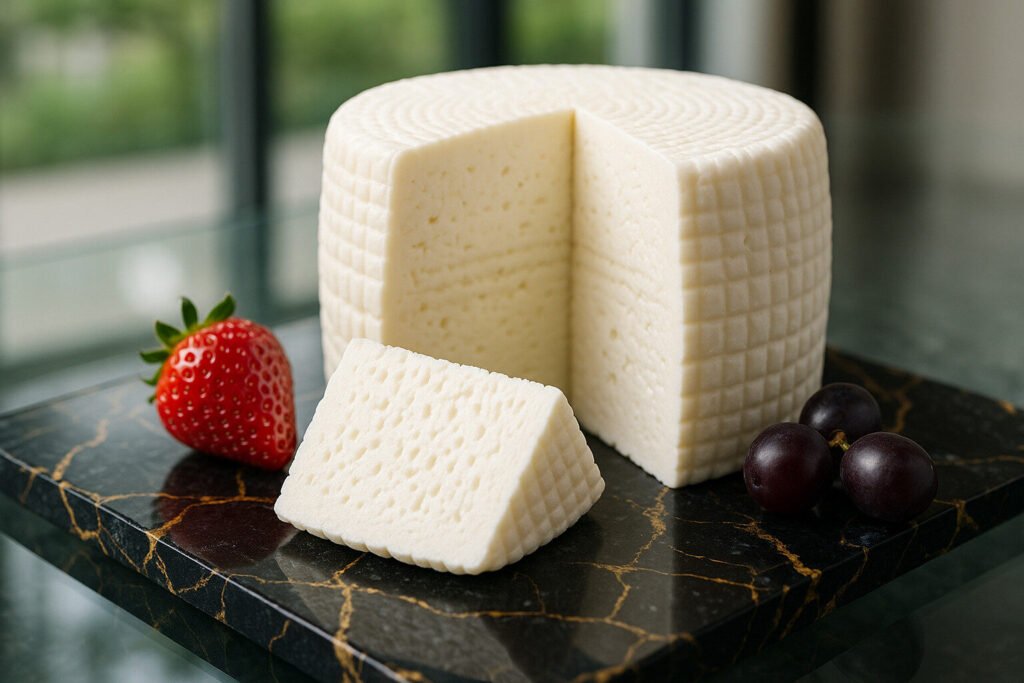High Calcium Cheese
Definition and Scope
High calcium cheese refers to varieties specifically formulated or naturally containing elevated calcium levels. This property stems from milk composition, production methods, or fortification processes. These cheeses provide enhanced nutritional value while maintaining traditional cheese characteristics.
The scope includes both naturally high-calcium cheeses and those modified through technological interventions. Calcium content typically exceeds 800mg per 100g, significantly above standard cheese averages. This category spans multiple cheese families and production styles across global dairy traditions.
Production Methods
Manufacturers achieve high calcium content through specialized milk treatments and coagulation techniques. Calcium chloride additions during milk preparation help retain mineral content throughout processing. Specific culturing and draining methods preserve calcium that might otherwise be lost in whey separation.
Some producers use ultrafiltration to concentrate milk solids before cheesemaking. This technique naturally increases calcium concentration without additives. Aging conditions are carefully controlled to maintain calcium bioavailability while developing proper texture and flavor.
Sensory Profile
High calcium cheeses typically exhibit firm, dense textures due to calcium’s role in protein matrix formation. The mineral content contributes to a slightly alkaline taste profile that complements other flavor components. These cheeses often have cleaner fermentation notes with reduced bitterness.
Visual characteristics include pale coloration and reduced oiling-off properties. The calcium-protein bonds create crumbly yet cohesive structures in aged varieties. Flavor development follows standard aging patterns while maintaining distinct mineral undertones.
Culinary Applications
High calcium cheeses perform well in cooked applications where meltability and browning are desired. Their structural integrity makes them suitable for grating over pasta dishes and baked casseroles. The enhanced nutritional profile appeals to health-conscious consumers and institutional feeding programs.
These cheeses work particularly well in fortified food products targeting bone health. They maintain functionality in processed cheese applications while delivering calcium benefits. Many manufacturers incorporate them into snack formulations and ready-to-eat meal components.
Regional Examples
Parmigiano-Reggiano represents a traditional high-calcium cheese with natural mineral concentration from specific production methods. Its extended aging and careful whey removal result in approximately 1,100mg calcium per 100g. This Italian hard cheese demonstrates how traditional techniques can achieve high mineral content.
Modern examples include specially formulated cheddar and mozzarella variants developed in North American and European dairies. Countries with dairy fortification programs, like Canada and Australia, produce numerous high-calcium cheese varieties. These products address specific nutritional guidelines while maintaining cultural cheese preferences.


